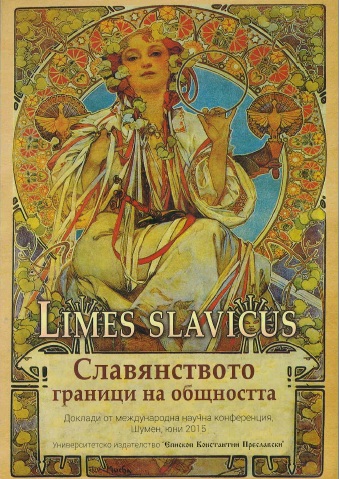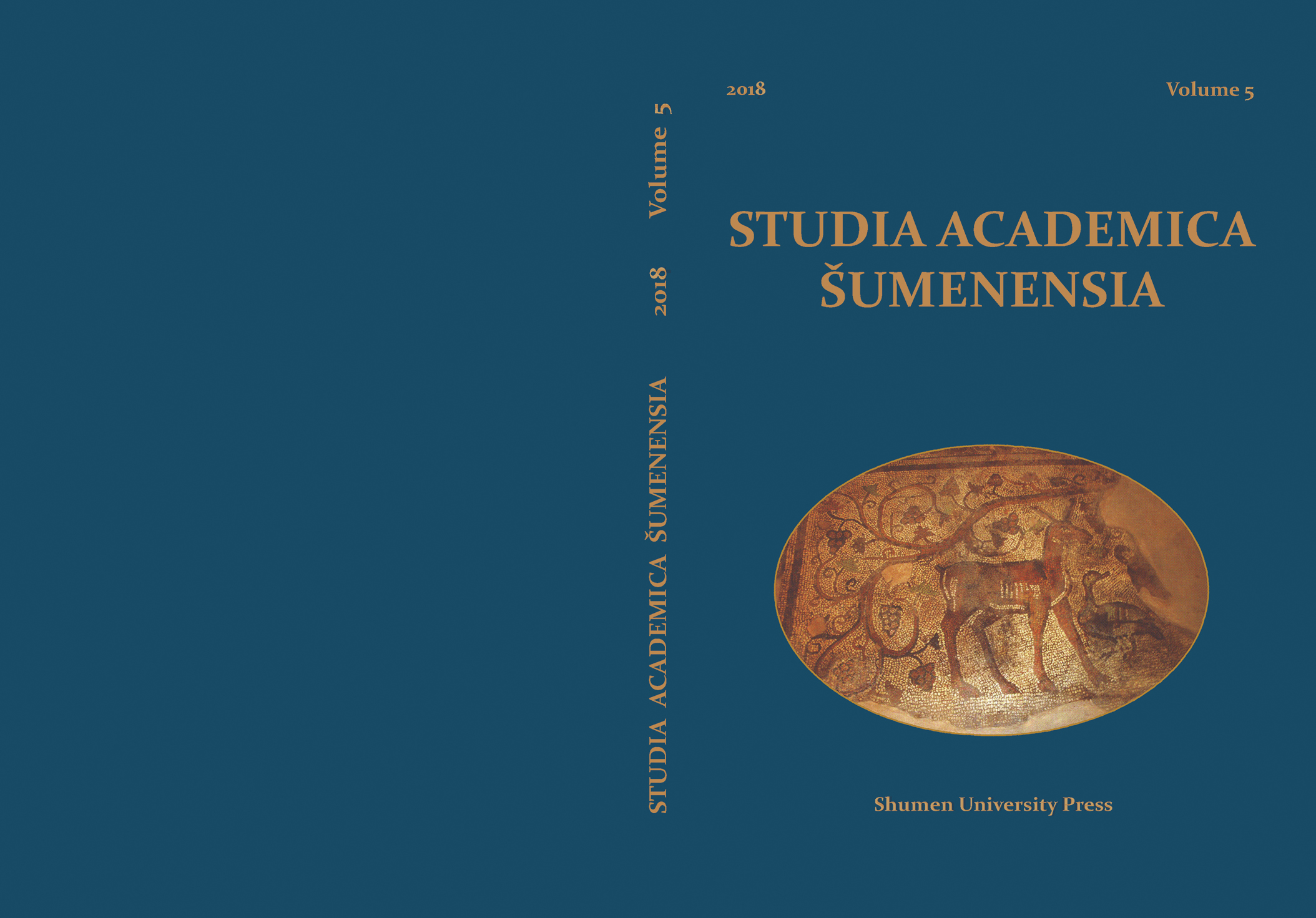
Slovanské spisovné mikrojazyky
During last four decades a new group of Slavonic languages was formed in Slavistics: Standard Slavonic Languages (славянские литературные микроязыки). This term was intruduced into Slavonic language science by a Russian Slavonist A. Dulicenko and it is used to mark languages of ethnic minorities, which were codified at the end of the last century and at the beginning of this century after sociopolitical changes in Central, Southern and Eastern Europe and after following desintegration offederated state formations into national languages, within which new minority languages were formed. We consider as Standard Slavonic micro-languages those ones, which have got the status of standard languages and which were used in education, literature, theatre, media and ecclesiastical spheres. The oldest Slavonic microlanguage is Vojvodine Ruthenianas a language of Vojvodian Ruthenians in Vojvodine in Serbia (1974). On the second place there is (Carpathian) Ruthenian as a standard language of the Ruthenians in Carpatian region: in Slovakia (1995), in Poland (2009), in Carpathian Ukraine [there was not yet officially declared status of standard language) and in Hungary (revitalisation is going on)], Kabushian language in Poland (2005), Bosnian language (1995), Montenegro language (2007). In western Poland, in region of Upper Silesia so called (Upper) Silesian „etnolekt“ is being formed, which is used as communication means in common communication, in literature and in some printed media. The research problem of these Standard Slavonic microlanguages is also dealt with by Commission for language contacts at the International committee of Slavonists, which organizes international congresses of Slavists every five years.
More...
